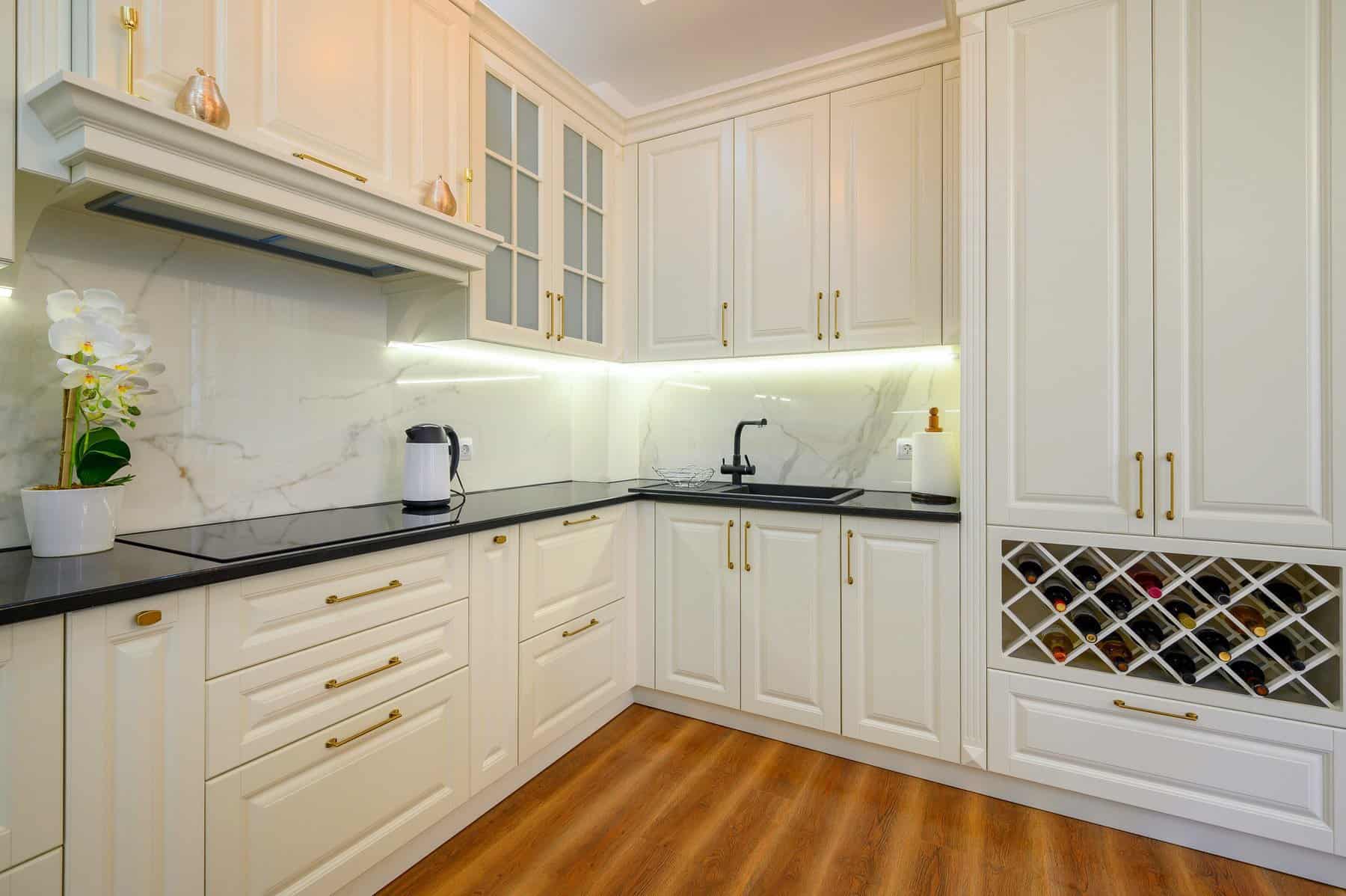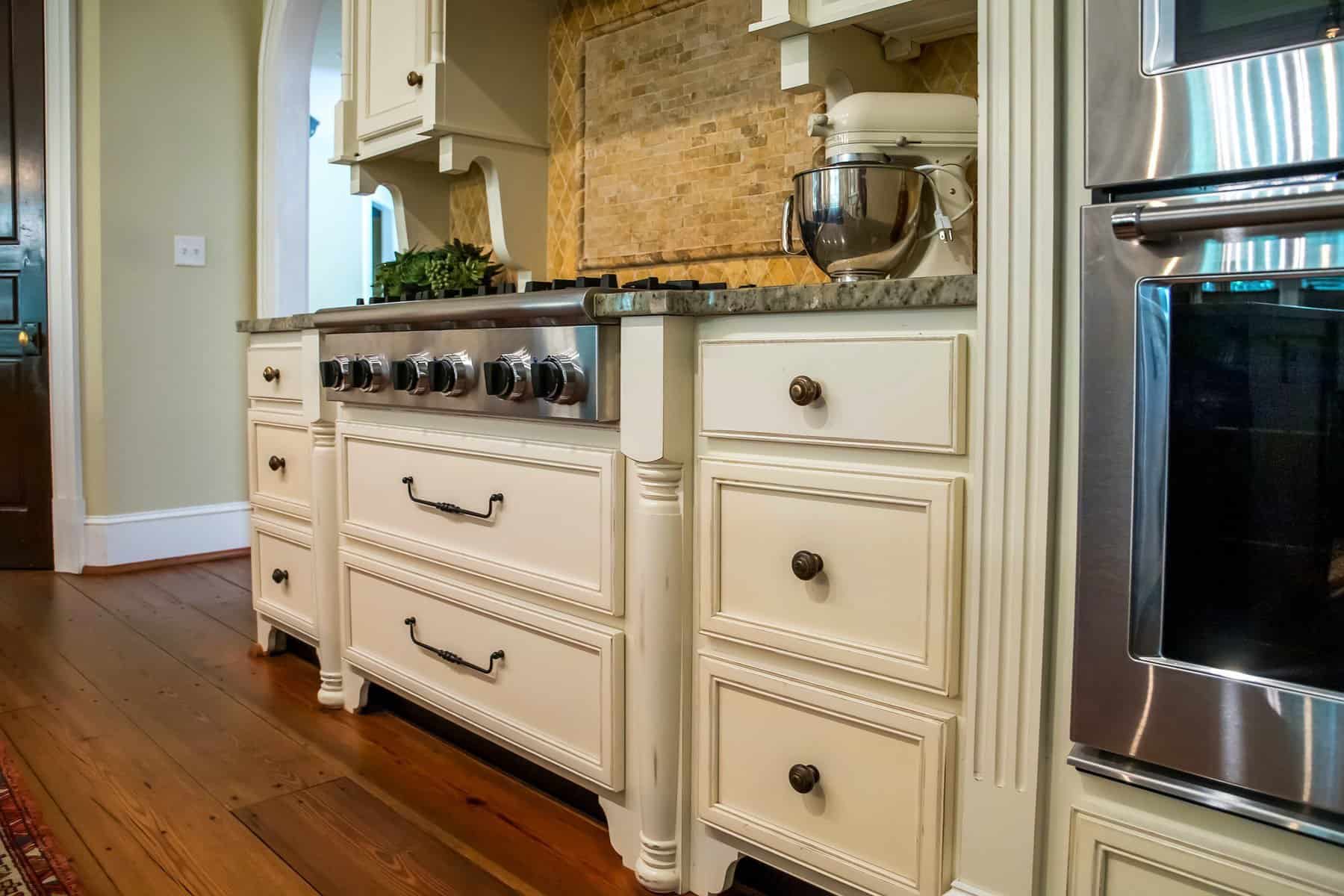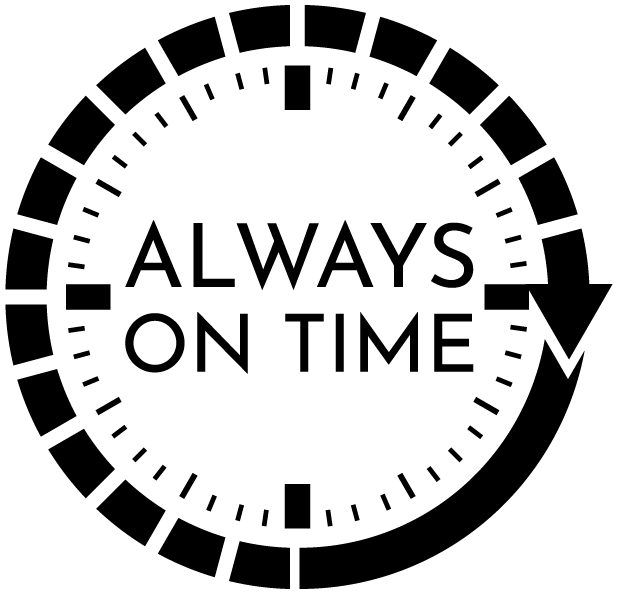Painted cabinets take a beating. Daily use leads to dings, scratches, chips, and faded paint, making even the most well-kept kitchen look outdated. Small imperfections stand out, and a poorly done touch-up can be more noticeable than the damage itself.
This guide covers everything you need to know about matching paint for cabinet touch-ups—from identifying your cabinet’s original color to blending techniques for a seamless finish. You’ll also learn when DIY solutions work and when it’s best to call a professional.
Why Color Matching Is Essential for Cabinet Touch-Ups

The Challenges of Finding the Perfect Paint Match
Finding an exact paint match isn’t as simple as picking the same brand and shade. Over time, cabinet colors change due to:
- Sun exposure – UV rays fade and alter paint color.
- Cleaning products – Degreasers and chemicals can slightly change the tone.
- Grease and moisture buildup – Can cause subtle discoloration, making even a perfect match look off.
Even if you find the original paint color, there’s no guarantee it will match.
- Different batches of paint have slight variations in pigment.
- Sheen matters – Satin, semi-gloss, or matte finishes reflect light differently, affecting how the color appears.
A poor match can make the touch-up more noticeable than the original damage—especially if the shade is off or the finish doesn’t blend well.
The Benefits of Proper Color Matching
Proper color matching keeps painted cabinets looking seamless, preventing touch-ups from standing out. A good match extends the life of the paint by sealing exposed areas and stopping further wear.
It also saves money by allowing for small repairs instead of a full repaint. A well-matched touch-up blends in, preserving the cabinet’s original look without costly refinishing.
How to Identify Your Cabinet Paint Color

Before touching up painted cabinets, finding the correct color is essential. Using the wrong shade will make repairs stand out instead of blending in.
Finding the Original Paint Color
Start by checking for existing paint information:
- Look for manufacturer labels inside cabinet doors or drawers.
- Check leftover paint cans from the original job.
- Review invoices or contact the contractor who painted your cabinets.
If none of these options are available, you’ll need to match the color manually.
Using Paint Chips and Swatches to Match Color
If the original color isn’t documented, bring a removable cabinet door or drawer to a paint store for a professional match. You can also:
- Hold paint chips against the cabinets in different lighting conditions (natural and artificial).
- Compare sheen levels—gloss, satin, or matte—to ensure a seamless blend.
Custom Paint Matching for Precise Results
For older painted cabinets or discontinued colors, custom matching is the most reliable option.
- Take a small, removable piece—like a drawer front—to a professional paint store.
- Many stores use color-matching technology to create an exact shade.
This method ensures a nearly perfect match, even if the original paint has faded over time.
Choosing the Right Paint Type and Finish for Touch-Ups
Matching Paint Type to Your Existing Finish
| Paint Type | Best For | Pros | Cons |
|---|---|---|---|
| Latex Paint | Modern cabinets | Dries fast, easy to use | May not match older oil-based paints |
| Oil-Based Paint | Traditional cabinetry | Durable, smooth finish | Longer drying time, strong fumes |
| Acrylic Enamel | High-traffic areas | Tough, moisture-resistant | Can be tricky to apply evenly |
| Chalk Paint | Vintage-style cabinets | Soft, matte look | Less durable, needs sealing |
Choosing the Right Sheen for a Seamless Finish
The sheen of your painted cabinets affects both appearance and durability. Choosing the wrong finish can make even a perfect color match look off.
- Matte offers a soft, low-shine look that hides imperfections but is less durable.
- Satin is the most common choice for cabinets, providing a smooth finish with a slight sheen.
- Semi-gloss is easy to clean and resists moisture, making it ideal for kitchens and bathrooms.
- High-gloss is the most durable option but can highlight touch-up differences, making repairs more noticeable.
For the best results, match the existing sheen to ensure a uniform finish across your painted cabinets.
Step-by-Step Guide to Touching Up Worn Painted Cabinets
Preparing for a Flawless Touch-Up
- Clean the area with mild soap and water to remove grease.
- Lightly sand the damaged spot with fine-grit sandpaper.
- Use painter’s tape around the area to prevent excess paint marks.
Applying the Touch-Up Paint
For Small Scratches & Surface Scuffs
- Use a paint pen or fine brush for precise application.
- Dab lightly, avoiding thick layers.
- Let dry completely before adding another coat if needed.
For Chips & Deeper Scratches
- Fill small chips with wood filler or touch-up putty.
- Sand smooth once dry, then apply a light coat of matching paint.
- Blend edges with a dry sponge or soft cloth to avoid visible lines.
For Faded or Worn Areas
- Feather out the paint beyond the damaged section for a smooth transition.
- Use a sponge or stippling brush to blend seamlessly.
- Apply a topcoat or clear sealer for extra durability.
Common Mistakes to Avoid When Touching Up Cabinets

Touching up painted cabinets seems simple, but small mistakes can make repairs stand out rather than blend in.
One of the biggest mistakes is skipping a color test. Always apply the touch-up paint in a hidden area first to ensure a proper match. Applying too much paint at once is another common issue—thick layers create raised spots that are hard to blend.
Blending is key. Hard edges around the touch-up area will make repairs obvious, so use light strokes to feather the paint into the surrounding finish. Sheen matters, too. A gloss finish won’t blend well on satin-finished cabinets, making even a perfect color match look wrong.
Finally, don’t forget to seal the repair. Unsealed touch-ups wear down quickly, fading or peeling over time. A clear topcoat helps protect the fix and keeps your painted cabinets looking fresh.
When to Call a Professional Instead of DIY Touch-Ups
Sometimes, a simple touch-up isn’t enough to restore painted cabinets. If large areas of discoloration or peeling paint are present, a small repair won’t fix the underlying issue. Uneven patches from previous DIY touch-ups can also make cabinets look worse rather than better. In cases where cabinets are significantly aged or the finish is breaking down, full refinishing or repainting is the only way to achieve a consistent look.
The Advantages of Hiring a Professional
A professional painter ensures painted cabinets look flawless. Color-matching is precise, preventing mismatched spots and visible touch-ups. Spray application creates a factory-grade finish, something that’s hard to achieve with a brush. Most importantly, professional topcoats provide durability, protecting cabinets from future peeling, moisture, and wear.
Conclusion
Proper color matching is essential for seamless painted cabinet touch-ups. Finding the right shade and finish prevents obvious patches, and careful blending leads to professional-looking results. While DIY touch-ups work for minor issues, large-scale wear or discoloration calls for professional refinishing.
Need expert help restoring your cabinets? Contact Sharper Impressions Columbus for a free estimate and a perfect color match!




